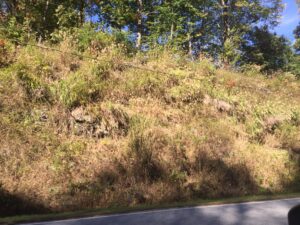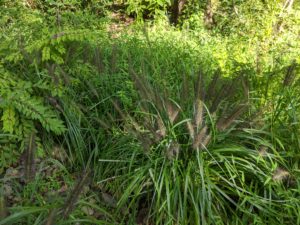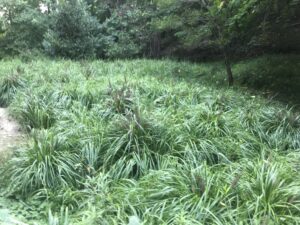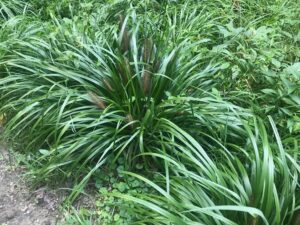Pest Alert – Invasive Grasses
go.ncsu.edu/readext?737456
en Español / em Português
El inglés es el idioma de control de esta página. En la medida en que haya algún conflicto entre la traducción al inglés y la traducción, el inglés prevalece.
Al hacer clic en el enlace de traducción se activa un servicio de traducción gratuito para convertir la página al español. Al igual que con cualquier traducción por Internet, la conversión no es sensible al contexto y puede que no traduzca el texto en su significado original. NC State Extension no garantiza la exactitud del texto traducido. Por favor, tenga en cuenta que algunas aplicaciones y/o servicios pueden no funcionar como se espera cuando se traducen.
Português
Inglês é o idioma de controle desta página. Na medida que haja algum conflito entre o texto original em Inglês e a tradução, o Inglês prevalece.
Ao clicar no link de tradução, um serviço gratuito de tradução será ativado para converter a página para o Português. Como em qualquer tradução pela internet, a conversão não é sensivel ao contexto e pode não ocorrer a tradução para o significado orginal. O serviço de Extensão da Carolina do Norte (NC State Extension) não garante a exatidão do texto traduzido. Por favor, observe que algumas funções ou serviços podem não funcionar como esperado após a tradução.
English
English is the controlling language of this page. To the extent there is any conflict between the English text and the translation, English controls.
Clicking on the translation link activates a free translation service to convert the page to Spanish. As with any Internet translation, the conversion is not context-sensitive and may not translate the text to its original meaning. NC State Extension does not guarantee the accuracy of the translated text. Please note that some applications and/or services may not function as expected when translated.
Collapse ▲Plants from other areas of the world are starting to take over our western North Carolina native ecosystems. Some of these plants are grasses. One such grass, Miscanthus sinensis grass, is an Asian grass that was introduced as an ornamental grass. Unfortunately, the grass has escaped cultivation and has become invasive. The grass is commonly found growing in western North Carolina.
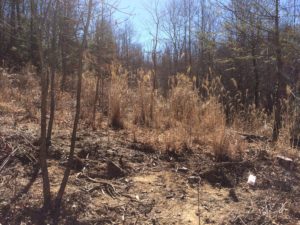
Miscanthus grass is from Asia and has become invasive in WNC. It can be found growing in undisturbed sunny areas.
Invasive miscanthus grows on sunny roadsides, power right-of-ways, railroads, and embankments. The grass spreads by seed which is windblown. Miscanthus sinensis
is a bunch- or clump forming grass, with very short, inconspicuous rhizomes.
Pennisetum species are grasses native to Africa, Asia, Australia, and Latin America. Unfortunately, many of them have naturalized widely in North America. They are either annual or perennial grasses spreading by seed. Some are only one foot tall while others can produce stems up to 24 feet tall. Like miscanthus, pennisetum can be found growing on roadsides, fields and gardens.
Controlling invasive grasses is tough. Mowing open fields and roadsides regularly can prevent the grass from becoming established. Removing seed heads can prevent seed spreading. Clumps of the grasses can controlled with general herbicides such as glyphosate.





